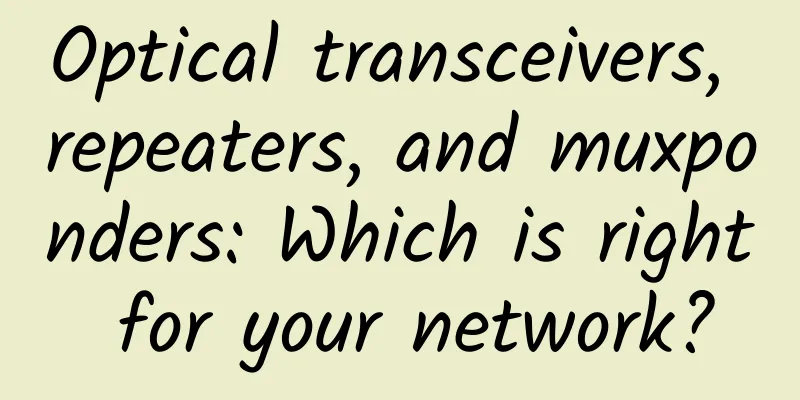What happens if Keep-Alive is disabled on the client and enabled on the server?

|
This article is reprinted from the WeChat public account "Lean Coder", the author is an alias with attitude. Please contact the Lean Coder public account to reprint this article. A web program was recently deployed, and a lot of time_wait TCP connection status appeared on the server, occupying the TCP port. It took several days to investigate. I have concluded before: HTTP keep-alive is a sliding renewal and reuse of TCP connections at the application layer. If the client and server renew the connection stably, it becomes a true long connection. Everything about [Http persistent connection] Is HTTP1.1 Keep-Alive considered a long connection? Currently, all HTTP network libraries (whether client or server) have HTTP Keep-Alive enabled by default, and negotiate multiplexing connections through the Connection header of Request/Response. 01 Short connections formed by unconventional behaviorI have a project on hand. Due to historical reasons, the client disabled Keep-Alive, and the server enabled Keep-Alive by default. As a result, the negotiation of multiplexing connection failed, and the client would use a new TCP connection for each request, which means it would fall back to a short connection. The client forcibly disables Keep-Alive package main Keep-Alive is enabled by default on web servers package main Judging from the server log, it is indeed a short connection. receive a request from : 10.22 .34 .48 : 54722 map [ Accept - Encoding : [ gzip ] Connection : [ close ] User - Agent : [ Go - http - client / 1.1 ] ] 02Who is the active disconnector?I took it for granted that the client was the one that actively disconnected, but reality slapped me in the face. One day, the time_wait alarm on the server exceeded 300, telling me that the server actively terminated the connection. Conventional TCP waves 4 times, the active disconnecting party will enter the time_wait state and release the occupied SOCKET after waiting for 2MSL The following is the TCP connection information captured by tcpdump from the server. 2,3 Red box shows: The server first initiates a TCP FIN message, and then the client responds with ACK to confirm receipt of the server's closing notification; the client then sends another FIN message to inform that it can now be closed. The server finally sends ACK to confirm receipt and enters the time_wait state, waiting for 2MSL to close the socket. It is specially pointed out that the red box 1 indicates that both ends of TCP are closed at the same time [1]. At this time, time_wait traces will be left on both the client and the server, and the probability of occurrence is relatively small. 03 No source code, just a stringIn this case, the server actively shuts down. Let's look at the source code of golang httpServer.
The brief source code of the server connection processing request is as follows: func ( c * conn ) serve ( ctx context .Context ) { We need attention ①For loop, indicating an attempt to reuse the conn to handle incoming requests ②w.shouldReuseConnection() = false, indicating that the ClientConnection: Close header is read, closeAfterReply=true is set, the for loop is jumped out, the coroutine is about to end, and the defer function is executed before the end, and the connection is closed in the defer function c .close ( ) ③If w.shouldReuseConnection() = true, set the connection state to idle, and continue the for loop to reuse the connection and process subsequent requests. 04My Gains1. TCP 4-wave stereotypes 2. Effect of short connection: The active closing party will generate time_wait status on the machine and need to wait for 2MSL time before closing the SOCKET 3. Source code analysis of golang http keep-alive multiplexing tcp connection 4.tcpdump packet capture posture Reference Links[1] TCP double-ended shutdown: https://blog.csdn.net/q1007729991/article/details/69950255 |
>>: my country's total 5G base stations account for more than 60% of the world's total
Recommend
A quick overview of 5G industry developments in March 2021
After the rapid development in 2020, 2021 is a cr...
NFV forwarding throughput reaches 120GB, Setes aims to create a new NFV landscape in China
On the morning of December 8, at the 2016 GNTC Gl...
RAKsmart: Asian servers starting from $59/month, 50M bandwidth, available in Korea/Japan/Hong Kong/Taiwan/Singapore data centers
RAKsmart provides independent servers and cloud s...
Challenges of managing applications
One of the most important lessons that businesses...
What are the layers of the TCP/IP network model?
Let me ask you, why do we need the TCP/IP network...
Four questions and answers to help you understand the principles and applications of blockchain in seconds
Starting with Bitcoin, the decentralized and data...
Forecast of the layout of the three major operators in 2018
2017 is coming to an end. In this year, the total...
Wi-Fi 7 Revealed: The Future of Wireless Connectivity Is Here
In the digital age, the pursuit of faster, more r...
Ruijie SDN Open Network Platform ONP won the "2016 Most Innovative Award"
Recently, the results of the "China Enterpri...
Cellular vs. WiFi: Which is Better for Your IoT Project?
As the name implies, Internet of Things (IoT) dev...
5G has already become popular. Is it cost-effective to buy a 4G mobile phone now?
At the beginning, I actually don’t recommend anyo...
Four departments jointly issued a document, and 5G development has attracted attention again
In order to expand investment in strategic emergi...
Is wireless mesh networking viable for the enterprise?
Wireless mesh networks have gained widespread att...
What is 6G and the future of wireless?
While 5G is still being rolled out to replace the...
Several issues that companies need to consider in advance when planning edge computing
In IoT applications, data processing, analysis, a...









